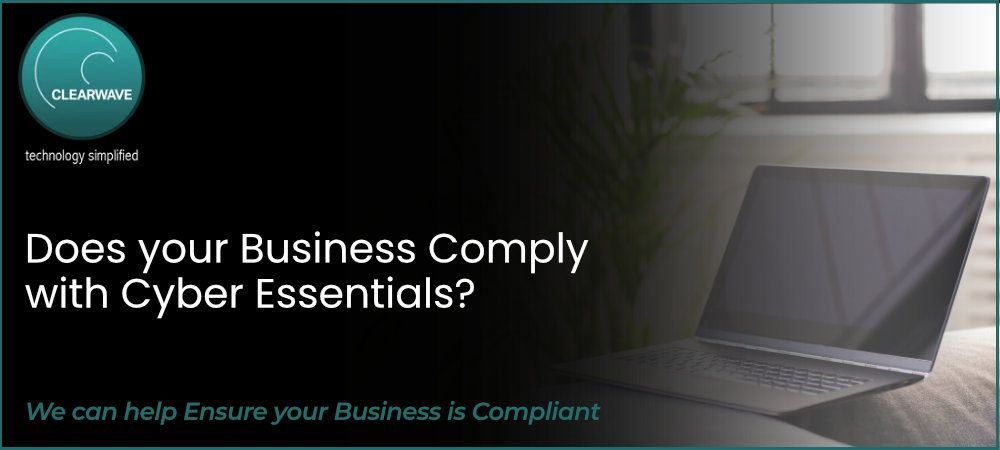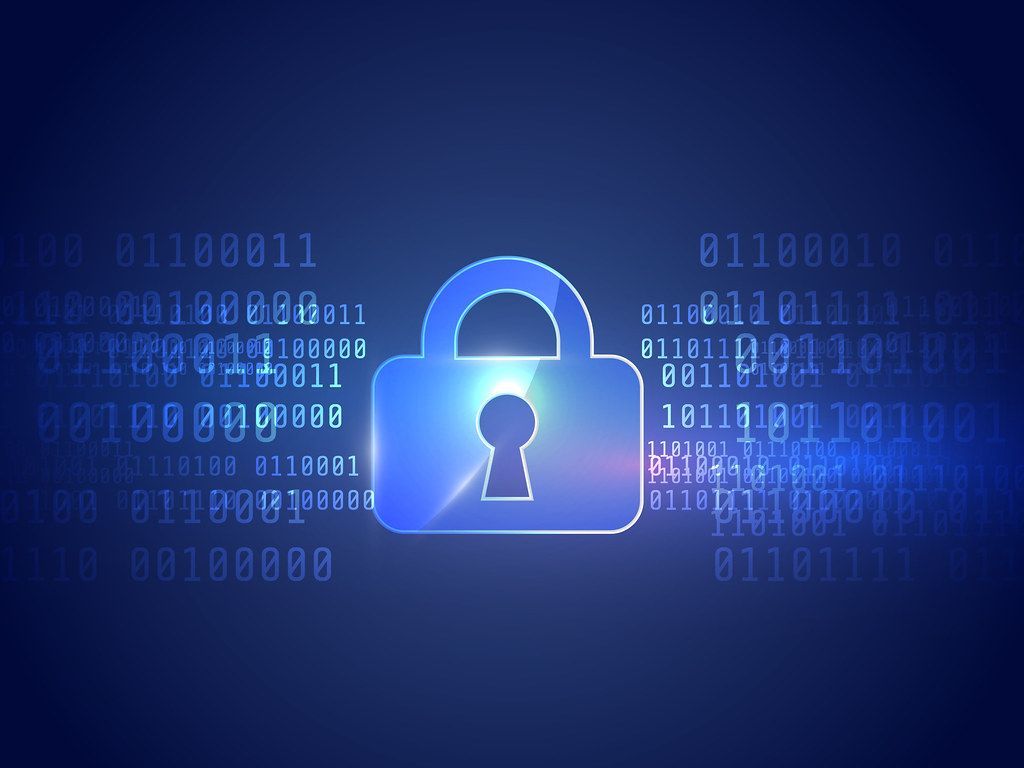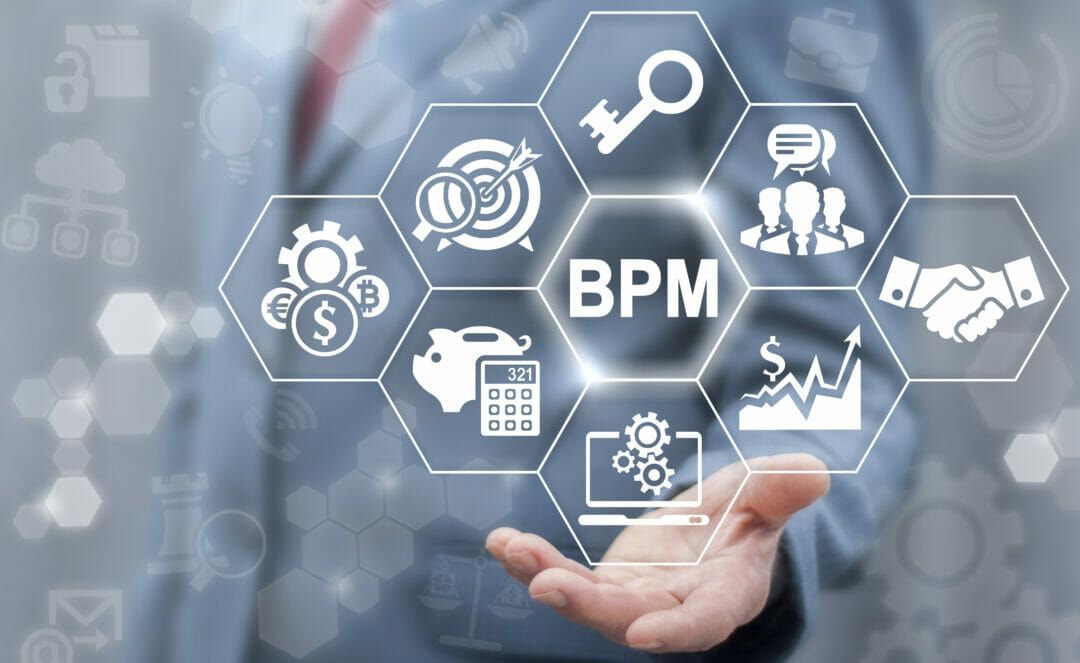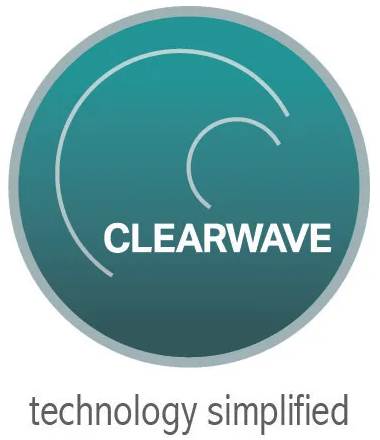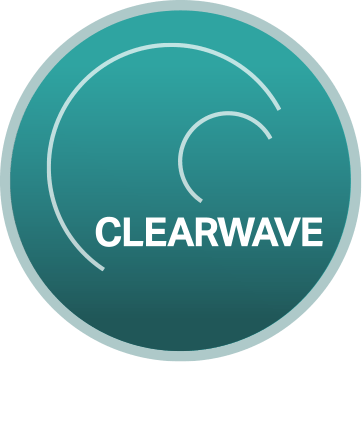The Top 5 Ways to Protect Your Reputation and Ensure Compliance
In our online age, digitisation and business success have become intrinsically linked, and customers have come to expect a high degree of digital literacy from the companies they interact with. Digital transformation is a win-win for all parties, with customers enjoying new, innovative ways to access products and services, and businesses equipped with technology that helps streamline workflows for more efficient operations, however it is not without its risks.
According to the UK Cyber Breaches Survey 2022, 39% of businesses surveyed identified a cyber attack incident in the previous year. Of those attacked, 1 in 5 reported negative effects directly resulting from an attack, and for those reporting material losses the average cost of an attack was found to be £4200. Needless to say, when it comes to data security the stakes are high, with the effects of breaches ranging from ICO-issued monetary penalties to long-term reputational damage which in the worst cases can threaten business viability.
So how can you ensure compliance and consequently safeguard your business’s reputation?
As you’ll be well aware if your business handles personal information, the UK’s General data protection regulation (GDPR) contains seven principles with the aim of protecting the interests of data subjects. One of these, known as the ‘integrity and confidentiality’ principle is particularly relevant in relation to your business’s IT, as it sets out your responsibilities in terms of safeguarding the personal data your hold against external threats. It states that personal data should be:
‘processed in a manner that ensures appropriate security of the personal data, including protection against unauthorised or unlawful processing and against accidental loss, destruction or damage, using appropriate technical or organisational measures’
So what ‘technical or organisational measures’ does the legislation specify? Well, none specifically. The legislation allows data controllers and processors to use their judgement to apply measures which are proportionate in cost and sophistication to the level of risk involved. Article 32(1) states:
‘Taking into account the state of the art, the costs of implementation and the nature, scope, context and purposes of processing as well as the risk of varying likelihood and severity for the rights and freedoms of natural persons, the controller and the processor shall implement appropriate technical and organisational measures to ensure a level of security appropriate to the risk’
In respect of ‘technical measures,’ which are particularly pertinent to your business’s IT, the legislation only refers to two specific examples: encryption and pseudonymisation. While useful, these should be used alongside a much greater package of protections that takes a holistic view of data security. So what data security measures should you consider to stay complaint and defend your business’s reputation? Here are 5 key ways to ensure compliance that all businesses should explore:
Create information security policy documents
With around 80% of data breaches traceable to end user action, employees can represent a huge risk to corporate data, especially when they don’t fully understand their data protection responsibilities.
Information security policies are a great way to formalise cyber security guidance and give employees clearly defined boundaries when it comes to their security obligations. When creating policy documents, consider activities, processes and devices that subject data to elevated risk, and create a policy document for each. Here are a few of the most common information security policy subjects you may want to consider:
· Remote Access. Without the appropriate measures in place, accessing data remotely can present increased security challenges. Consider setting out clear guidance on the use of public WiFi and set boundaries on the security standards of devices being used to access your organisation’s network.
· Passwords. Compromised user accounts are among the most common causes of data breaches, with many attributable to basic, easily- guessed passwords. Unless your business uses a centralized identity management system, then it’s essential to have a password policy that outlines best practice. Consider requiring passwords to be a combination of letters, numbers and special characters, urge users to create unique passwords for each account and stress that passwords should never be written down.
· Removable storage media. Although less common in the age of cloud storage, many businesses continue to use removable devices such as USB drives to store and transfer data. With many more secure alternatives available, consider an information security policy that prohibits the use of removable media, or restrict their use to a small number of permitted devices which are regularly screened by your IT team.
· Clean Desk Policy. A clean desk policy typically requires employees to remove and securely store documents, small devices and other items when they aren’t at their workstation. It’s important to remember that the GDPR relates to personal data stored on any format, so implementing a clean desk policy could help you meet your obligations.
Establish a business continuity plan
A business continuity plan is a strategy for recovering from and minimising the damage caused by a disruptive event, such as a cyber-attack, natural disaster, office fire or theft. When disaster strikes, your customers will judge your response, so it’s vital to have a comprehensive plan in place that protects the data security interests of your customers and allows for swift service resumption.
A business continuity plan also has a role to play in ensuring compliance. For example, in the event of a cyber-attack, your continuity plan should outline measures for neutralising the threat and limiting the possibility of the breach spreading laterally across your network, thus limiting the amount of data that is exposed to the attacker. It should also feature extensive details on the use of data backup systems, essential to ensure that personal data can be recovered following the likes of a ransomware attack.
The plan should include a list of all the elements in its scope (hardware, software and other systems), the failover systems and backup services that will aid in the recovery process, as well as the employees tasked with coordinating each aspect of the plan.
Implement secure remote access
With around 22% of UK workers working remotely at least one day per week, providing secure remote access to company data remains an important consideration for many businesses, and is a vital aspect of ensuring GDPR compliance.
‘Secure remote access’ defines technical solutions that allow employees to access either a corporate network or files and resources in a secure, managed way. Although not stipulated in UK GDPR, the Information Commissioner’s Office (ICO) recommends that organisations consider applying access controls to ensure data is held securely, which is exactly what secure remote access solutions seek to achieve.
Various security measures can be defined as secure remote access solutions, with some of the most notable including:
· Virtual Private Networks (VPNs). VPNs create an authenticated and encrypted connection to an office network over the internet, allowing corporate resources to be accessed remotely. Affordable and secure, VPNs are a great way to grant access to network resources without compromising data security.
· Mobile Device Management (MDM). MDM platforms allow IT security personnel to govern and manage remote devices, ensuring that the most recent updates are applied, authentication measures are enforced and that the devices are configured for maximum security.
· Microsoft 365. Featuring generous cloud storage allowances via subscription pricing, Microsoft 365 has become a popular way for businesses to enable remote working. Containing numerous compliance features such document sensitivity labels and the ability to apply file access, use and download restrictions, Microsoft 365 makes data governance easy.
Use technical measures to counter online threats
‘Technical measures’ defines infrastructure level-controls designed to protect data from loss, corruption, malicious intrusion or compromise. The technical controls you use should be proportionate to the sensitivity of the data you process and the likely harm that would result from that data falling into the wrong hands. Some measures, such as those prescribed by the government’s Cyber Essentials scheme, should be implemented by all businesses handling personal data in order to mitigate against the majority of online security threats. Known as the ‘5 Controls,’ these measures include:
· Firewalls. Configurable at device level or at the edge of a network, firewalls moderate web traffic in a way that reduces the likelihood of users encountering malware hosted on malicious sites.
· Secure Configuration. Auditing devices to ensure the most secure settings are activated is vital to maintaining the integrity of your security posture. Consider removing unnecessary applications to limit the ‘attack surface’ available to hackers, and change default passwords in favour of something more secure.
· Apply access controls. Extend user privileges and network access on a strictly as-necessary basis to limit the risk posed by account takeovers. ‘Admin’ accounts are prime targets for hackers, so try to reduce accounts with such privileges to as few as possible.
· Use anti-malware measures. Malware such as ransomware, keyloggers, worms and viruses present an omnipresent danger to corporate data, with the ability to corrupt files, steal login credentials and inflict network-wide damage. Anti-malware software designed to detect
and eliminate malicious code should be used across all endpoint devices and email filters with in-built anti-malware capabilities should be used to screen inbound mail.
· Maintain and secure software. As software manufacturers become aware of vulnerabilities in their programmes they release ‘patches’ or ‘security updates’ designed to rectify them. These should be applied diligently and swiftly to prevent criminals exploiting these newly discovered weaknesses, and unsupported programmes should cease to be used.
Develop a strong cyber security culture
As we’ve mentioned, the majority of data breaches can be attributed to user error, so engendering a culture of cyber security awareness can be a great way to reduce your overall risk profile.
Cyber Security awareness training can be a great way to build knowledge and give your employees the confidence to spot and act against suspicious activity. Often delivered via online learning portals, third party training providers offer a range of programmes with test exercises and learning modules designed to deliver incremental learning that doesn’t impact on the working day.
You could also consider sharing cyber security news with your employees on a regular basis. This will help familiarise them with the online threats that exist and keep them mindful of the harm that data theft can cause both at a business and individual level.
Conclusion
Data security is never a single-fix action, with risks and dangers that evolve over time and change according to the activities and processes a business undertakes. By considering the guidance above however, you’ll demonstrate your ability to manage and mitigate data security risks, inspiring confidence in your customers and maintaining ongoing compliance with your data security obligations.
Clearwave – Technology Simplified
In today’s data-rich workplace, achieving compliance objectives while juggling the many moving parts of a modern business can be a tricky challenge. It’s made even more difficult when your business’s technology evolves over time, resulting in dispersed data stores and poor data visibility that makes proper information governance near-impossible. However, with data breaches often resulting in crippling financial penalties and severe reputational harm, data security is something you simply cannot leave to chance.
Clearwave’s tried and tested technology assessment process will bring your business’s technology back in line with your compliance goals. We can survey your infrastructure to root out the systems and data that escape your control and identify opportunities for security enhancements to keep the bad actors away from your sensitive information.
